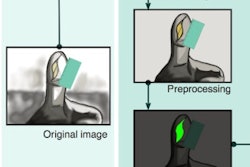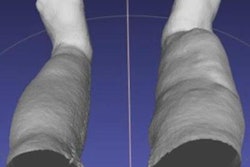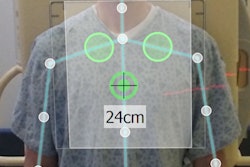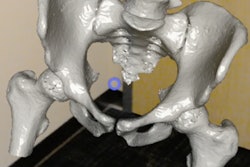Their study centered on a new 3D CADv algorithm developed at Kobe University that they previously used to characterize different types of nodules.
The new algorithm for 3D quantitative volumetry can distinguish ground-glass nodules from solid ones, but no one had tested the software's ability to differentiate malignant from benign pulmonary nodules or predict their postoperative recurrence in patients with lung cancer, Dr. Yoshiharu Ohno, PhD, told AuntMinnie.com.
Ohno and colleagues used their 3D CADv software to assess the pulmonary nodules of 59 patients on thin-section CT scans obtained before and after their surgery for nodule removal. The automated CADv assessment of the nodules included total volume change per day, the ratio of solid component to total volume change per day, and doubling time.
3D CADv revealed significant differences between the malignant and benign nodule groups (p < 0.05). It also showed that daily changes in the solid component of nodules compared with the total volume were the best predictor of the reappearance of lung nodules after surgery.
"3D CADv has the capability to predict malignancy and postoperative recurrence on thin-section CT," he said. "It may, therefore, be considered a quantitative biomarker in routine clinical practice."



















